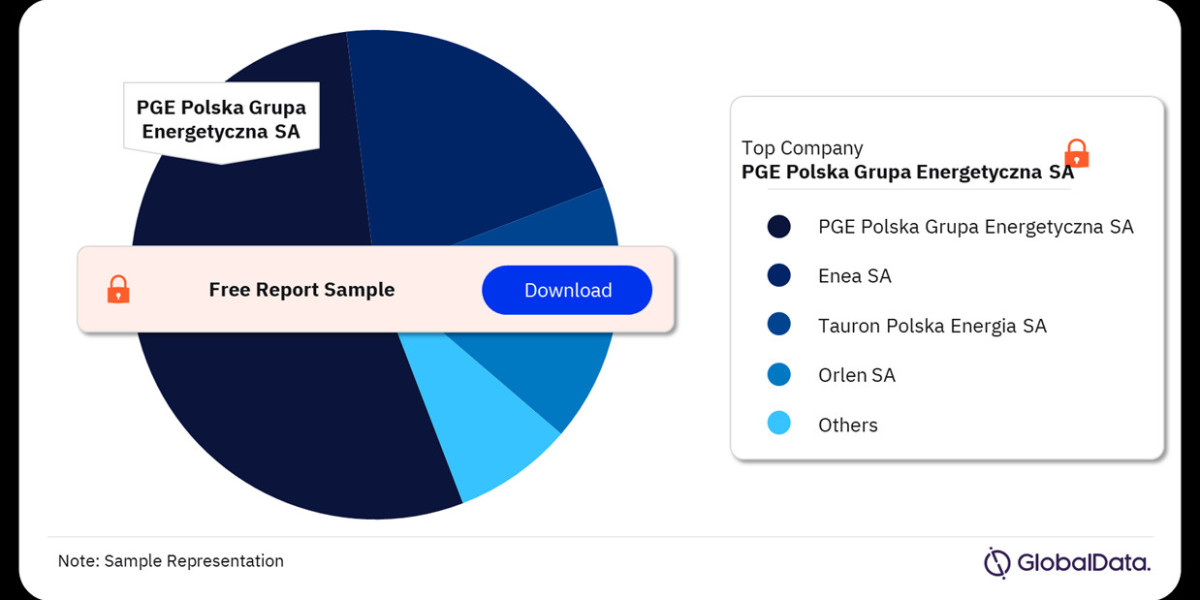Poland's power market sits at a crossroads. Traditionally reliant on domestic coal for electricity generation, the country is now undergoing a significant shift towards renewable energy sources (RES) and increased integration with the European grid.expand_more This article explores the current state of the Polish power market, the challenges it faces, and its future direction.
A Legacy of Coal, a Future in Renewables
For decades, coal has been the backbone of Poland's energy sector, accounting for over 70% of electricity generation in 2022 [5].expand_more However, this dependence on fossil fuels has made Poland vulnerable to price fluctuations and environmental concerns.expand_more Recognizing this, the government has made strides towards a more sustainable energy mix.expand_more The share of RES capacity has grown steadily, reaching 38.3% in 2022, with wind power leading the charge [5]. Ambitious plans are in place to further boost wind capacity, both onshore and offshore [3].exclamation
Market Structure: Balancing Act
Poland's power market operates through a three-segment structure: bilateral transactions, the exchange-based market (DAM), and the balancing market [4]. The DAM, a spot market for electricity, allows companies to buy and sell energy on a daily basis. This market plays a crucial role in price discovery and serves as a reference point for bilateral contracts [2].expand_more The balancing market ensures the grid's stability by adjusting for imbalances between supply and demand.
Challenges and Opportunities
Poland's transition to a greener energy mix faces several hurdles.expand_more Integrating a high volume of renewable energy sources known for their variability presents technical challenges for grid stability [6]. Additionally, the phasing out of coal-fired plants will have social and economic consequences for regions reliant on these industries.
Despite the challenges, there are significant opportunities. Investments in renewable energy infrastructure can create new jobs and spur economic growth. Modernizing the grid to accommodate renewables will enhance Poland's energy security and make it a more reliable player in the European energy market.
Conclusion
Poland's power market is at a pivotal point. The country is actively pursuing a transition towards a more sustainable energy future, while balancing the need to maintain energy security and address the social and economic impacts of this shift. The success of this transformation will depend on continued investment in renewables, grid modernization, and ensuring a just transition for coal-dependent regions. By navigating these challenges, Poland can position itself as a leader in the European energy market and contribute to a cleaner and more secure energy future.
Buy the Full Report for More information on the Poland Power Market Forecast, Download a Free Report Sample



